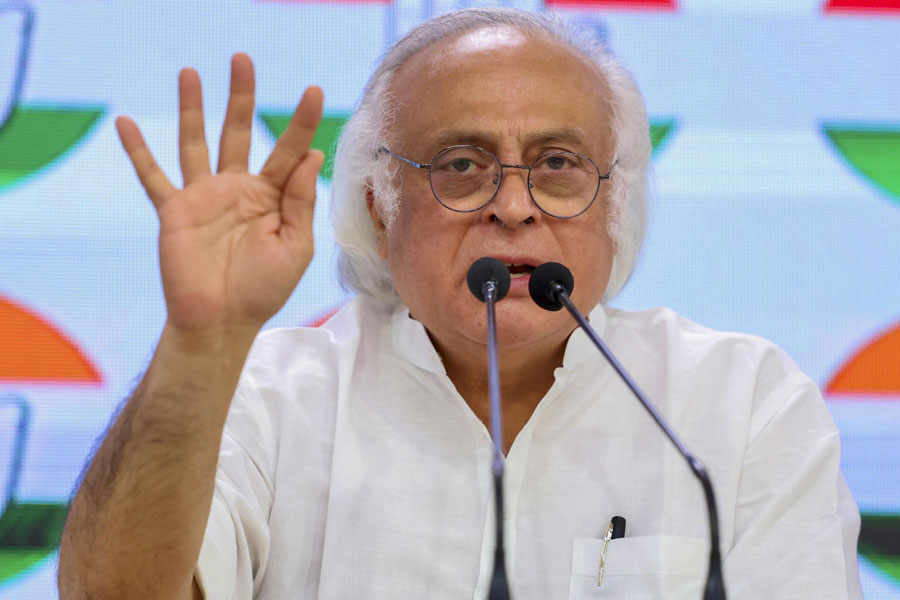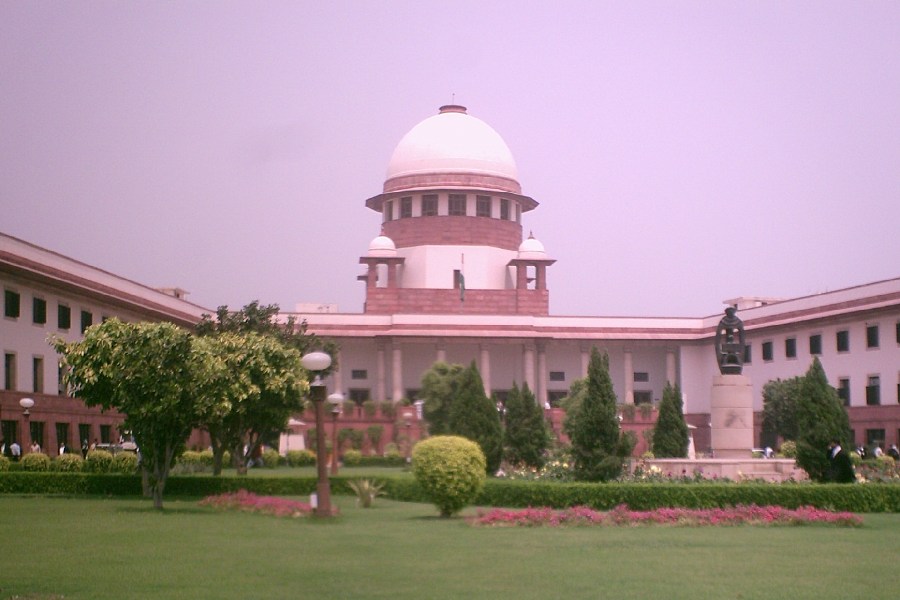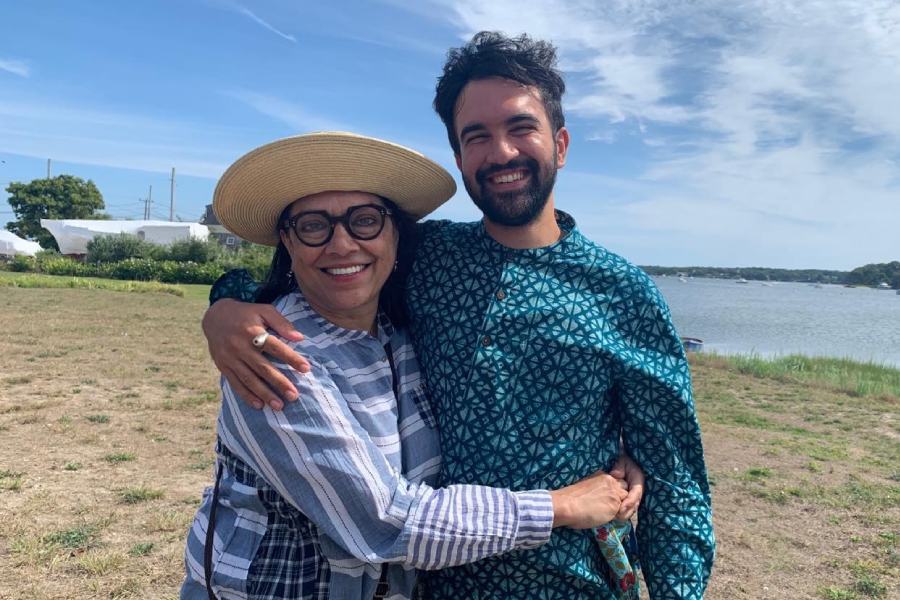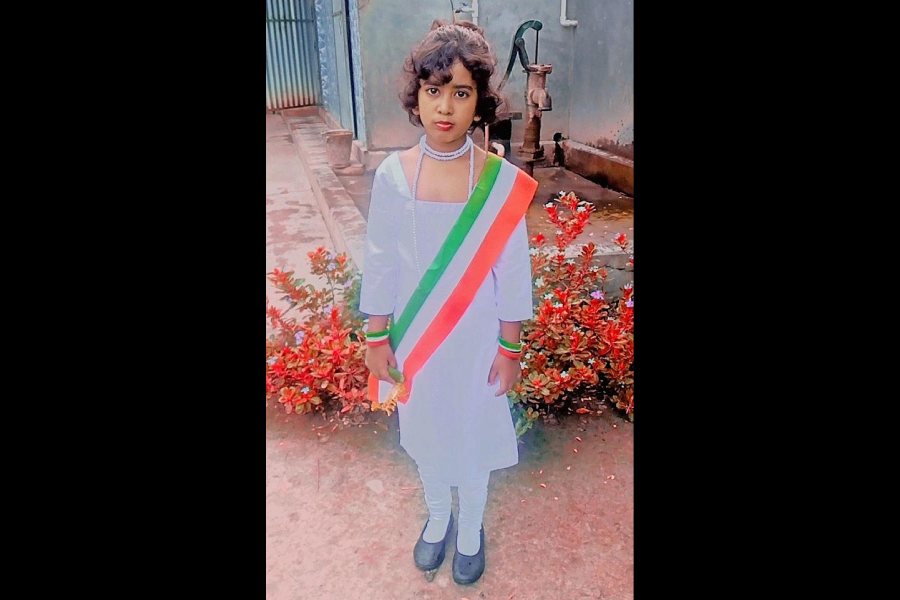detail.jpg)
You may — or may not — have heard of Maddur in Karnataka’s Mandya district. The town, not far from Bangalore, has much to be proud of. But on top of the list, to my mind, is the vada it lends its name to. The Maddur vada, with sliced onions, chillies and coconut, is traditionally not served with rasam. But it certainly goes very well with a shot of the hot and spicy clear soup, as I recently discovered.
There’s gold out there in the regions, and Zorawar Kalra and his team have been wisely mining it. The food entrepreneur’s focus is on regional (and sub-continental) cuisine in his new restaurant in Delhi, Masala Library by Jiggs Kalra, which doffs its cap to his father, the veteran food consultant and writer. “Anything that has Father’s name on the door is very important for us,” says Zorawar.
What’s so hot about regional food, you may well ask. After all, restaurants serving regional cuisine are a dime a dozen now. What makes this different is the way the food is prepared and served on his 19-course Chef’s Menu that is the restaurant’s forte.
Take the Maddur vada. It is served as a tiny vada resting on a slim glass tube filled with rasam. Or take the thayir sadam that comes with his prawns (a Sri Lankan dish with many relatives in southern India). The blob of curd rice is foamy — but tastes just like curd rice does.
“It looks different. But when you close your eyes and get the same taste, then you know that this is successful deconstruction,” Zorawar says.
.jpg)
.jpg)
His nadir churma underlines this philosophy, too. The lotus stem dish — a tribute to Kashmir — comes in the shape of a crisp nadru served over the region’s special radish and walnut chutney. The galauti kebab tastes the way a good galauti does, but looks like a small spaghetti heap atop a piece of bread. The meat, almost rare, is delicious, and the bread, created with a siphon, is sweet, soft and fluffy.
“These are small offerings from each region of the country and elsewhere in the subcontinent,” he says.
I can see that a lot of work has gone into the menu. “First, there was research. The chefs have their encyclopedia, their books. Then there is the Internet. These are young kids who want to experiment,” points out Zorawar’s wife, Dildeep, who is also a part of the food empire that the young man is fast building up.
Chef Saurabh Udinia and others in his team also travelled to various parts of the country to get the right recipes and tastes. From the northeast, they picked up — among other dishes — a Mizo chicken stew with black rice. The stew is light and fragrant, and the black rice gives a nice crunchy taste to it.
I also liked the dishes that remind me of my roots. The farmer’s staple is a piece of a paratha, topped with a dollop of airy white butter — so smooth that it is almost like whipped cream. An old favourite of mine — mince meat-stuffed bitter gourd — looks deliciously different. A pickled piece of karela (prepared over 12 days) is placed atop a small helping of keema. The taste has all the flavours that you are familiar with — of karela, pickle masala and keema.
al1.jpg)
Bengal lends its flavour to the sea bass with pui saag. Radhuni seeds give the regional touch to the fish, while the pui saag adds to the taste and texture.
This is regional food that is familiar, yet different. I like the way Zorawar is making airy space without breaking walls.
Photographs: Jagan Negi;
Courtesy: Masala Library by Jiggs Kalra, Delhi

detail.jpg)








